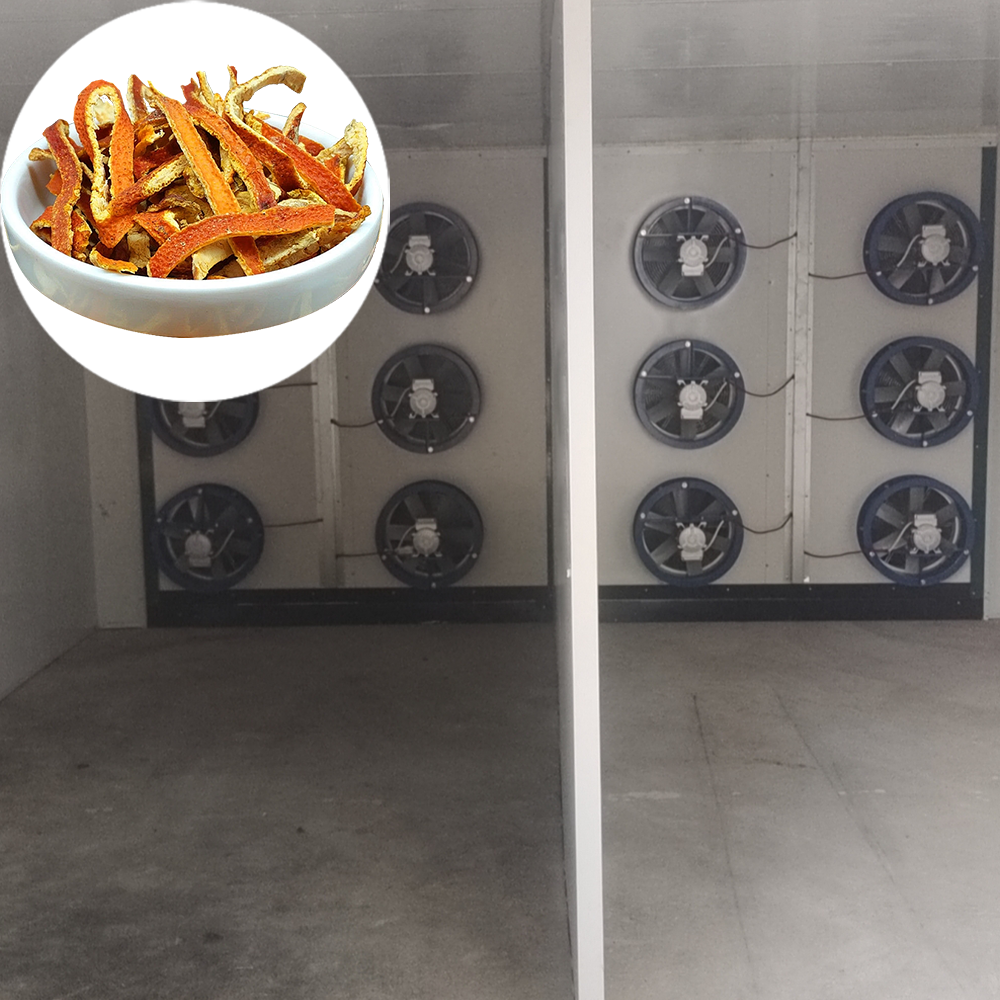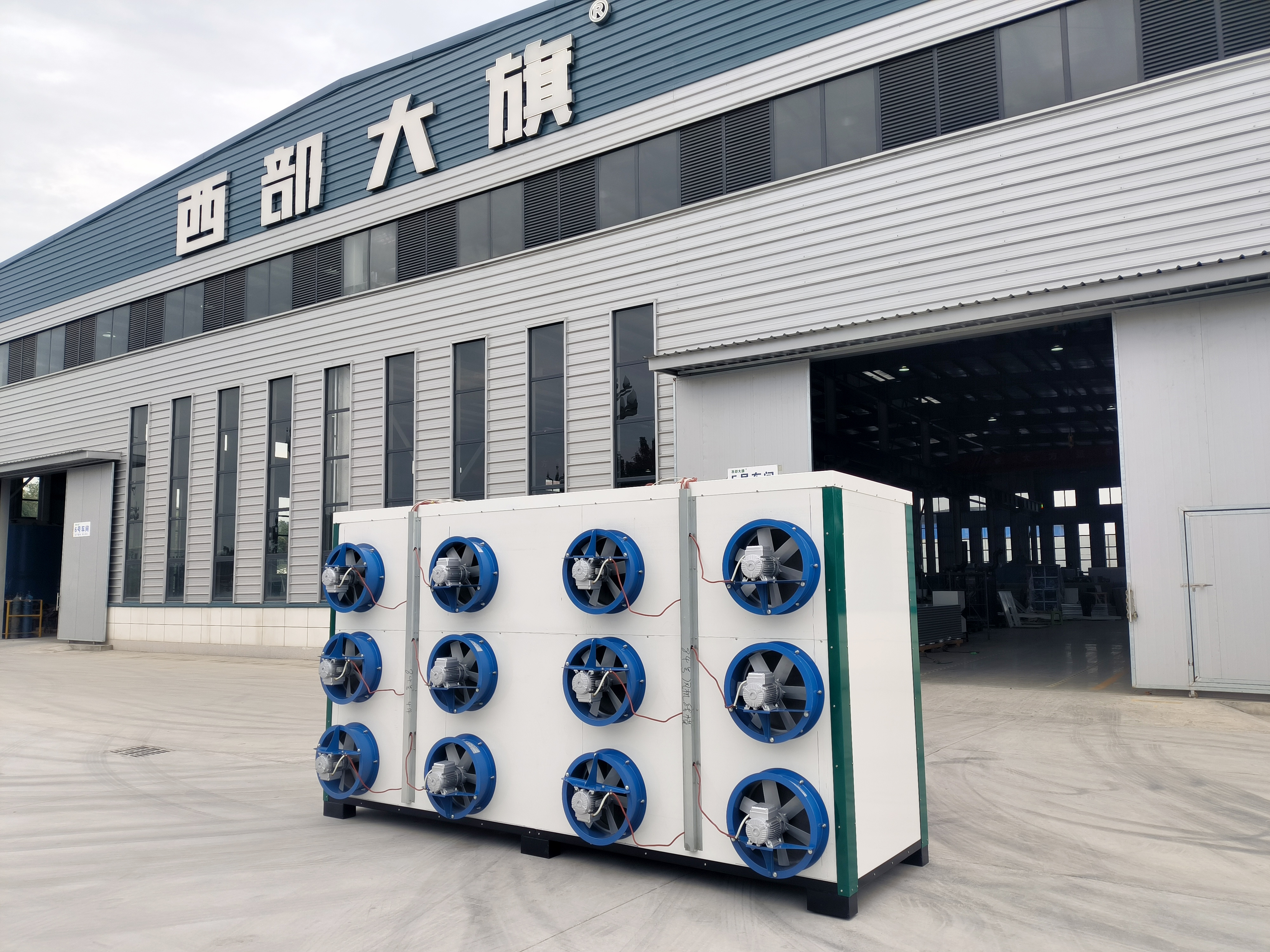1. Energy Efficiency and Environmental Protection as Core Priorities
With rising global energy costs and stricter environmental regulations, energy efficiency has become a critical metric for drying equipment. Technologies such as heat pump drying, waste heat recovery systems, and solar-assisted drying are widely adopted. For example, heat pump dryers improve energy efficiency by 30%-50% compared to traditional systems while reducing carbon emissions. Additionally, biomass fuel and clean energy-powered equipment are gaining traction in agriculture and industrial sectors.
2. Intelligent and Automated Upgrades
IoT and AI technologies are driving the intelligence of drying equipment. Sensors monitor temperature, humidity, and material status in real time, while AI algorithms automatically optimize drying parameters, minimizing manual intervention. For instance, in the food processing industry, smart drying systems dynamically adjust processes based on raw material moisture content, significantly improving product consistency and yield.
3. Expansion into Multi-Sector Applications
While traditionally used in agriculture and manufacturing, drying equipment now extends to new energy, pharmaceuticals, and environmental protection. Examples include high-precision temperature control for electrode material drying in lithium battery production, surging demand for sterile drying in pharmaceuticals, and sludge/waste drying technologies for resource recovery.
4. Modular and Customized Designs
To meet diverse industry needs, modular drying equipment allows rapid adaptation through component combinations. For example, agricultural dryers can integrate temperature zones for grains, fruits, or herbs, while industrial sectors develop corrosion-resistant or explosion-proof customized systems for chemical materials.
5. Globalization and Localization Synergy
Developed countries dominate high-end markets through technological exports, while emerging markets prioritize cost-effectiveness and localized services. For instance, European companies lead in advanced heat pump drying, whereas Chinese manufacturers expand rapidly in Southeast Asia and Africa with cost-efficient solutions. Harmonizing international standards (e.g., ISO certifications) with local regulations is crucial for global compatibility.
Conclusion
Future drying equipment will integrate green technologies, intelligent controls, and cross-industry innovation to enhance energy efficiency and enable sustainable development. Companies must focus on R&D and scenario-specific adaptations to address global competition and diverse market needs.
Post time: Mar-12-2025















